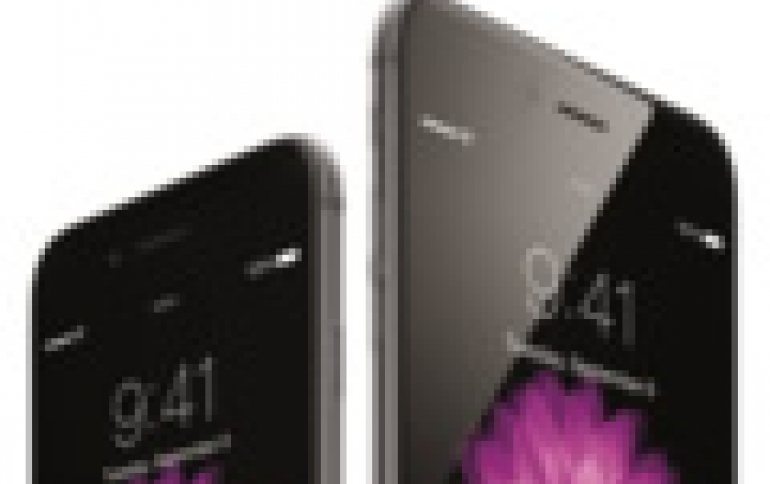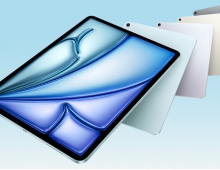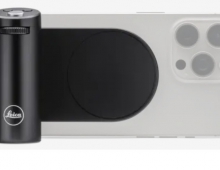
OLED Makers Seen Struggling To Meet iPhone Output in 2017
Apple needs to get OLEDs on its new iPhones, as rival Samsung has been doing that for quite some time now, but the OLED supply is limited, at least for now. The four main suppliers for OLEDs - LG Display, Samsung Display Sharp and Japan Display - won?t have enough production capacity to make screens for all new iPhones next year, with constraints continuing into 2018. This claim us supported by the statements mae by the OLED makers so far but also by a Bllomberg report, which cited "people familiar with the matter."
OLED screens are more difficult and pricey to produce, putting Apple at the mercy of suppliers that are still working to manufacture the displays in mass quantities. While Samsung is on track to be the sole supplier for the new displays next year, the South Korean company may not be able to make enough due to low yield rates combined with increasing iPhone demand. Samsung Display has to cover the needs of the Galaxy phones as well.
The supply constraints may force Apple to use OLED in just one version of the next-generation iPhone, push back adoption of the technology or cause other snags.
Apple plans to ship at least one new iPhone with an OLED screen next year, the 10th anniversary of the smartphone?s debut. A pair of other new iPhone models will likely feature screens that use older LCD technology.
Apple has previously used new display features as iPhone selling points. For example, the iPhone 4 in 2010 added Apple?s first Retina Display, the iPhone 5 in 2012 introduced the iPhone?s first display size increase, and the iPhone 6 in 2014 brought new 4.7-inch and 5.5-inch screen options.
The OLED iPhone is expected to have a new look that extends glass from the display to the device?s back and edges. This all-glass design will have a virtual Home button embedded in an edge-to-edge screen, rather than a physical button that can be pressed. A similar design is also expected to be followed by Samsung for the Galaxy S8.
An Apple spokeswoman declined to comment.
Sharp and Japan Display are still working on test procedures for OLED screens and have said that they are on track for production in 2018.
Shuji Aruga, president of Japan Display, said earlier this month that he sees a 50-50 split between OLEDs and LCDs that will be used in high-end phone screens.
LG Display has een late in OLED investment for smaller electronics devices compared to that of televisions.
Apple and Samsung have an exclusive OLED supply deal for 2017.
The OLED screens ordered by Apple in the Samsung deal are for displays larger than 5 inches, a person familiar with the matter told Bloomberg.




















